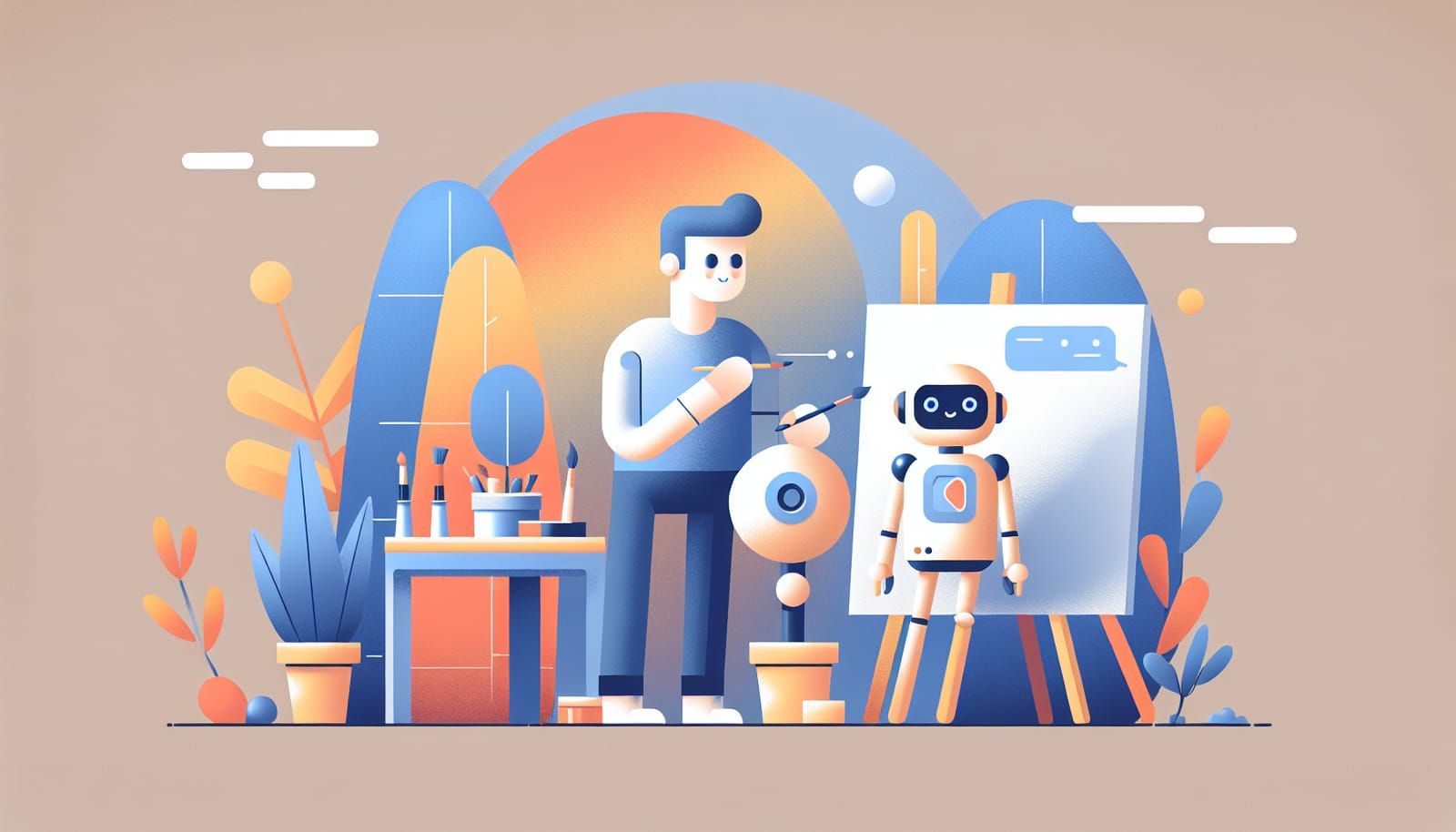Imagine walking into a classroom where robots assist teachers, virtual reality transports students to ancient civilizations, and personalized learning experiences cater to each student’s unique needs. This is not a scene from a science fiction movie but a glimpse into what schools might look like in an AI-driven future. Artificial Intelligence (AI) is set to revolutionize education, making it more engaging, effective, and accessible for everyone.
The Role of AI in Personalizing Education
One of the most exciting prospects of AI in education is its ability to personalize learning. Traditional classrooms often follow a one-size-fits-all approach, which can leave some students feeling lost while others may not feel challenged enough. AI can analyze a student’s strengths, weaknesses, and learning pace, creating a customized learning plan just for them.
Imagine a student struggling with math concepts. An AI-powered learning platform can identify this struggle and offer tailored exercises designed to help them master those concepts at their own pace. Meanwhile, other students who excel in math can move on to more advanced topics. This individualized attention can lead to a more fulfilling and effective educational experience for every student.
Enhancing Engagement with Interactive Learning Tools
Gone are the days of passive learning where students listen to lectures for hours on end. In an AI future, classrooms will be filled with interactive learning tools that engage students in exciting ways. Virtual reality (VR) and augmented reality (AR) are two technologies that can bring lessons to life.
For example, during a history lesson, students could use VR headsets to visit ancient Rome or walk through the pyramids of Egypt. This immersive experience allows students to explore and understand concepts in a way that textbooks simply cannot.
Additionally, AI can create educational games that adapt to the learner’s level. These games can provide instant feedback and rewards, making learning feel like an adventure rather than a chore.
AI as a Teaching Assistant
Teachers are the heart of any school, but they often face overwhelming workloads. AI can serve as a valuable teaching assistant, helping educators manage their responsibilities more effectively. From administrative tasks to providing additional support to students, AI can help free up teachers’ time for what they do best—teaching.
Consider AI tools that can answer students' common questions or provide explanations for tricky concepts, allowing teachers to focus on more complex topics. This way, students can get quick answers while teachers maintain their role as facilitators of deeper learning.
Bridging the Gap: Accessibility and Inclusivity
AI can play a significant role in making education more accessible for students with disabilities. Tools powered by AI can assist those who may have difficulty reading, writing, or communicating. For instance, speech recognition software can help students with physical disabilities interact with educational content more easily.
Moreover, AI can translate learning materials into different languages, breaking down barriers for non-native speakers. This inclusivity ensures that all students have equal opportunities to succeed in their education, regardless of their background or abilities.
Preparing Students for the Future Job Market
As AI continues to evolve, the job market will change significantly. Schools of the future will focus not only on traditional subjects but also on equipping students with the skills they need to thrive in an AI-driven world. This includes teaching students about AI itself—how it works, its ethical implications, and how to use it responsibly.
By integrating AI-related subjects into the curriculum, schools will prepare students for careers that may not even exist yet. Skills such as critical thinking, creativity, and collaboration will be more important than ever as students learn to work alongside AI technologies.
The Teacher’s Role in an AI-Enhanced Classroom
While AI will play a crucial role in education, it will never replace the human touch that teachers provide. In fact, the role of teachers may evolve to become even more significant. They will transition from being the sole source of knowledge to facilitators who guide students in navigating the wealth of information available through AI.
Teachers will focus on nurturing critical thinking, emotional intelligence, and social skills—areas where human interaction is irreplaceable. The relationship between students and teachers will remain central to the educational experience, with AI serving as a tool to enhance that connection.
The Future is Bright
The integration of AI into schools offers incredible possibilities for transforming education. From personalized learning experiences to interactive tools that engage students, the future of schools is filled with exciting opportunities. However, it is essential to approach these changes with mindfulness and responsibility.
As we step into this AI-driven future, we must ensure that technology is used ethically and that it enhances, rather than detracts from, the human aspects of education. By embracing AI as a supportive tool, we can create an inclusive, engaging, and dynamic learning environment where every student has the chance to thrive.
In conclusion, the schools of the future will not only harness the power of AI but will do so in a way that prioritizes the needs and potential of every student. With the right balance of technology and human interaction, we can look forward to an exciting era in education—a future where learning is more personalized, engaging, and accessible than ever before.
Let’s embrace this journey and prepare for the remarkable changes that lie ahead in our classrooms!


